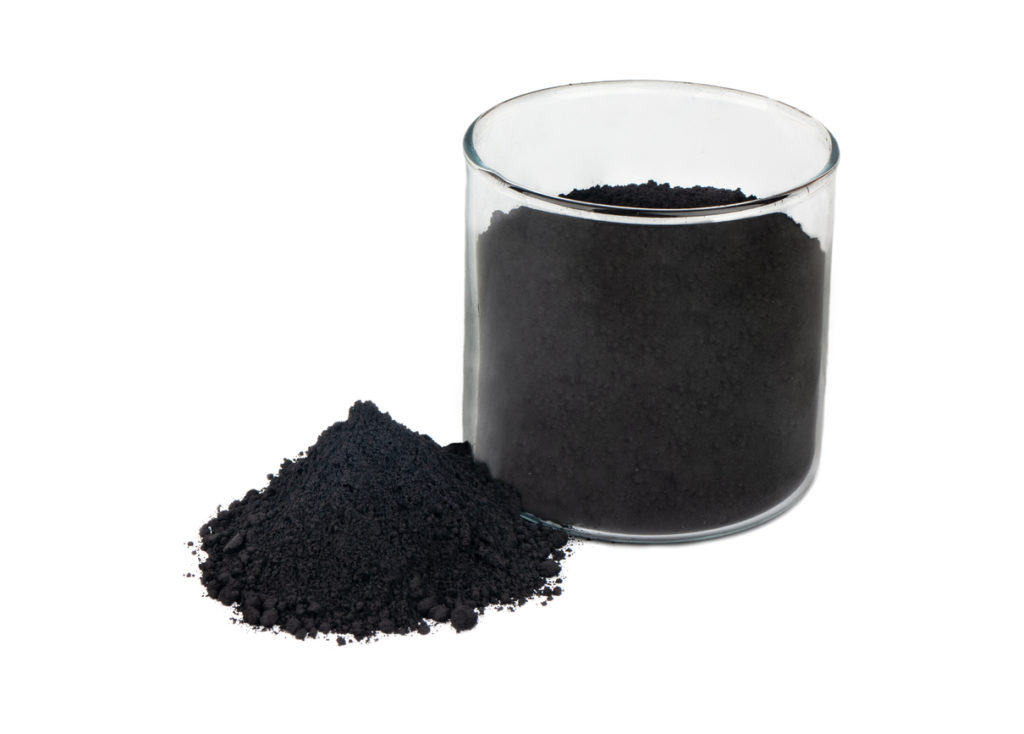Activated carbon is a popular medium for water filtration. Activated carbon, which is made from a variety of organic materials, essentially attracts various contaminants in water. These contaminants bind to activated carbon. Thanks to its large surface area, activated carbon can filter out many contaminants fairly efficiently.
Activated carbon comes in many forms. For example, some activated carbon comes in the form of pellets of various sizes.
Activated carbon pellets are useful for more than just water filtration. They also have applications in food storage and packing. The USDA also states activated carbon can be useful in food processing. Consider the following examples:
Prolonging the Shelf Life of Food
When food companies design packaging for food items, they don’t just do so with the goal of attracting customers. Food packaging may also serve to optimize the shelf life of products.
However, materials that can protect food from contaminants often aren’t biodegradable. Activated carbon pellets represent an exception. In food packaging, they may help food remain safe for consumption for longer than it otherwise would. Because activated carbon consists of organic materials, using it to protect food may be a better option than using other common materials.
Protecting Food in Kitchens
Some kitchens already use activated carbon filtration to remove cooking odors and enhance odour control. They may also use activated carbon pellets to protect food from spoilage. Similar to the above example, in a kitchen, activated carbon might serve as an eco-friendly means of guarding against food contamination.
Naturally, no one supervising a kitchen should read this and assume they can begin using activated carbon pellets for food storage without first doing more research. If you run a kitchen, look into all applicable regulations to ensure using activated carbon pellets in this manner is permissible.
Benefits of Using Activated Carbon in Food Packaging and Storage
Using activated carbon in food packaging and storage applications is beneficial for a variety of reasons. Along with offering effective removal of or protection from contaminants, activated carbon can also offer such advantages as:
- Durability: Activated carbon pellets are durable enough to remain in good condition in many different forms of food packaging.
- Versatility: Researchers involved in one of the studies linked to above point out that activated carbon pellets can serve multiple purposes in food packaging. For example, the very presence of activated carbon may inhibit the growth of bacteria that can cause spoilage thanks to activated carbon’s natural anti-microbial properties. Activated carbon can also adsorb oxygen molecules and other gaseous molecules that can otherwise contribute to food spoilage.
- Affordability: Activated carbon can be a recyclable material. Thus, depending on how one uses it, they might save money as a result of doing so.
These are just a few reasons to consider using activated carbon pellets for food packaging and storage purposes. If you’re considering using activated carbon pellets in this way, discuss your goals with an activated carbon supplier. They can help you choose the right size pellets for your needs. They can also explain the benefits of other forms of activated carbon, such as activated carbon in powder form and granular activated carbon.
Puragen is a Florida-based activated carbon supplier.




